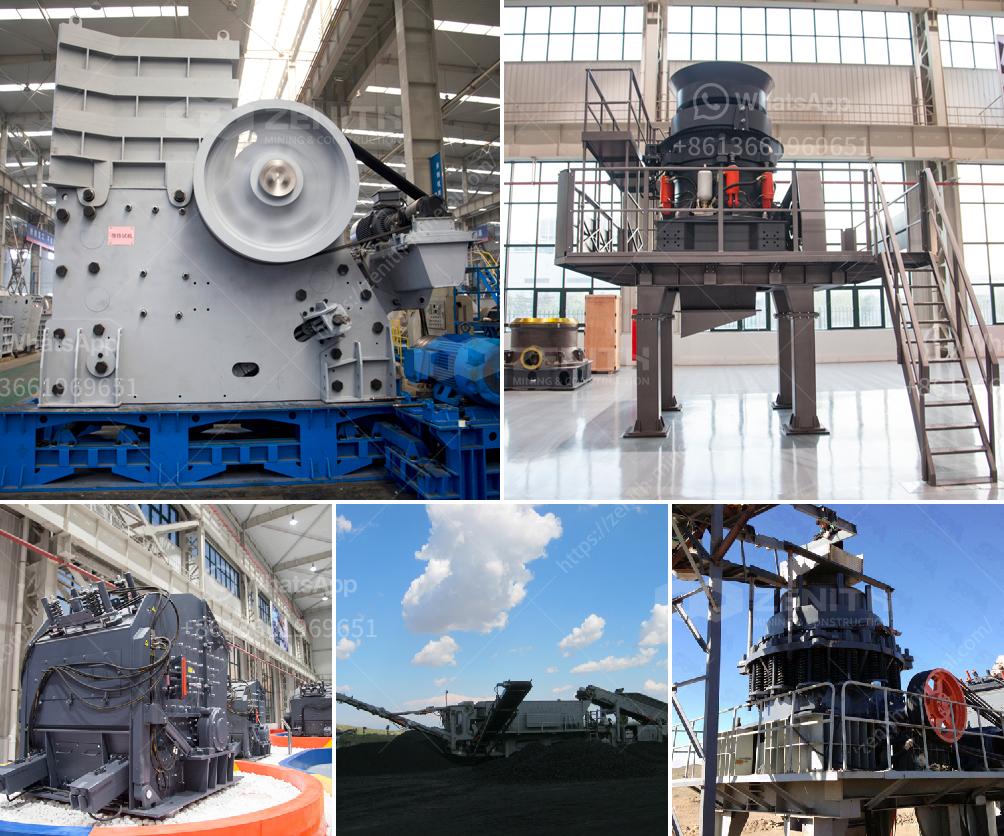Selecting a suitable gold ore processing plant involves a series of tests and evaluations to ensure that the chosen method is efficient, cost-effective, and environmentally friendly. Here are the key tests and considerations typically involved in this process:
-
Ore Characterization:
- Mineralogical Analysis: This involves identifying the minerals present in the ore, including the type and distribution of gold and other valuable minerals. Techniques such as X-ray diffraction (XRD) and scanning electron microscopy (SEM) are commonly used.
- Chemical Analysis: Determining the chemical composition of the ore, including the concentration of gold and other elements. This is often done using techniques like atomic absorption spectroscopy (AAS) or inductively coupled plasma mass spectrometry (ICP-MS).
-
Comminution Tests:
- Bond Work Index: This test measures the ore's resistance to crushing and grinding. It helps in designing the comminution circuit and selecting the appropriate equipment.
- Abrasion Index: This test evaluates the wear resistance of the ore, which is important for selecting the right type of grinding media and liners.
-
Gravity Separation Tests:
- Shaking Table Tests: These tests help determine the ore's amenability to gravity separation by simulating the process on a small scale.
- Centrifugal Concentration Tests: Using equipment like Knelson or Falcon concentrators, these tests assess the efficiency of gravity separation for fine gold particles.
-
Flotation Tests:
- Bench-Scale Flotation Tests: These tests involve floating the ore in a laboratory flotation cell to determine the best reagents and conditions for separating gold from other minerals.
- Locked-Cycle Tests: These are more advanced tests that simulate continuous operation and help in optimizing the flotation process.
-
Leaching Tests:
- Cyanidation Tests: These tests evaluate the ore's response to cyanide leaching, which is the most common method for gold extraction. Parameters such as cyanide concentration, pH, and leaching time are optimized.
- Thiosulfate Leaching Tests: An alternative to cyanidation, especially for ores with high levels of preg-robbing carbonaceous material.
- Bottle Roll Tests: These tests involve rolling a bottle containing the ore and leaching solution to simulate the leaching process and determine the gold recovery rate.
-
Environmental Tests:
- Acid Rock Drainage (ARD) Tests: These tests assess the potential for the ore to generate acidic drainage, which can have significant environmental impacts.
- Toxicity Characteristic Leaching Procedure (TCLP): This test evaluates the potential for leachate from the ore to contaminate groundwater.
-
Metallurgical Balance and Reconciliation:
- Mass Balance Calculations: These calculations ensure that all inputs, outputs, and losses are accounted for in the processing plant design.
- Reconciliation of Test Results: Comparing laboratory test results with pilot plant or full-scale plant data to validate the process design.
-
Pilot Plant Testing:
- Pilot Plant Trials: These involve processing a larger sample of the ore in a pilot-scale plant to validate the laboratory test results and optimize the process parameters.
-
Economic Feasibility Studies:
- Cost-Benefit Analysis: Evaluating the capital and operating costs of different processing options and comparing them with the expected revenue from gold production.
- Sensitivity Analysis: Assessing the impact of variations in key parameters (e.g., gold price, ore grade) on the project's economic viability.
-
Regulatory and Permitting Considerations:
- Environmental Impact Assessment (EIA): Conducting a comprehensive assessment of the potential environmental impacts of the processing plant and obtaining the necessary permits and approvals.
By conducting these tests and evaluations, mining companies can select the most suitable gold ore processing plant that maximizes gold recovery, minimizes costs, and adheres to environmental and regulatory requirements.

